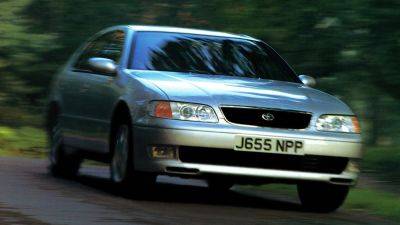Inside the Autonomous Racing League event that pitted a self-driving car against an F1 driver
Wander the pits at any professional motorsports event, especially something like Formula 1, and you'll see endless computer displays full of telemetry. Modern teams are awash in real-time digital feedback from the cars. I've been in many of these pits over the years and marveled at the streams of data, but never have I seen an instance of the Microsoft Visual Studio software development suite running there right amid the chaos.
But then, I've never attended anything like the inaugural Abu Dhabi Autonomous Racing League event this past weekend. The A2RL, as it is known, is not the first autonomous racing series: There's the Roborace series, which saw autonomous race cars setting fast lap times while dodging virtual obstacles, and the Indy Autonomous Challenge, which most recently ran at the Las Vegas Motor Speedway during CES 2024.
While the Roborace focuses on single-car time trials and the Indy Autonomous series centers on oval action, A2RL set out to break new ground in a couple of areas.
A2RL put four cars on track, competing simultaneously for the first time. And, perhaps more significantly, it pitted the top-performing autonomous car against a human being, former Formula 1 pilot Daniil Kvyat, who drove for various teams between 2014 and 2020.
Image Credits: Autonomous Racing League
The real challenge was behind the scenes, with teams staffed with an impressively diverse cadre of engineers, ranging from fledgling coders to doctorate students to full-time race engineers, all fighting to find the limit in a very new way.
Unlike Formula 1, where 10 manufacturers design, develop and produce completely bespoke cars (sometimes with the help of AI), the A2RL race cars are entirely standardized to provide a level playing field. The 550-horsepower machines, borrowed from the Japanese Super Formula Championship, are identical, and the teams are not allowed to change a single component.
That includes the sensor array, which features seven cameras, four radar sensors, three lidar sensors and GPS to boot — all of which are used to perceive the world around them. As I would learn while wandering the pits and chatting to the various teams, not everybody is fully tapping into the







